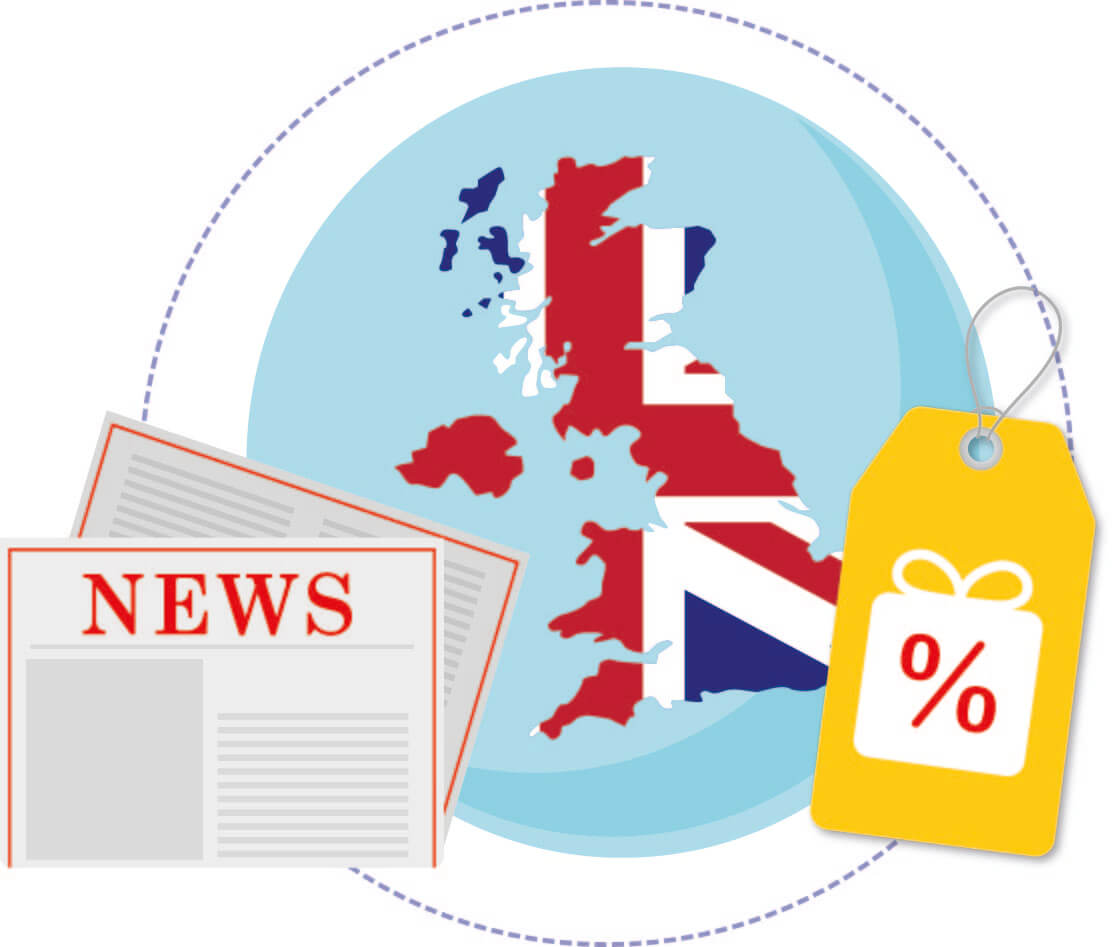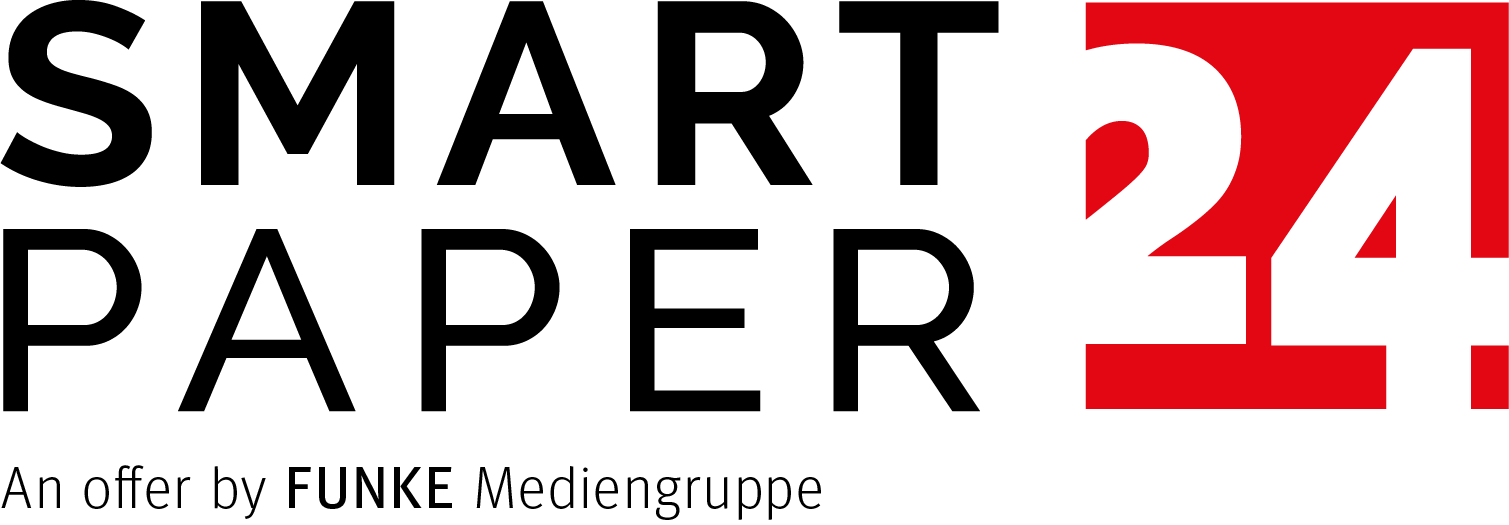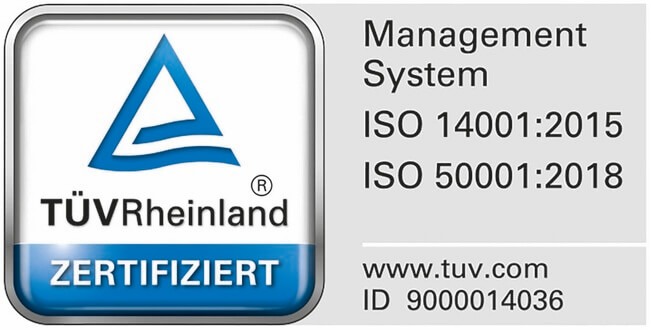Offset or Digital Printing - Printing Methods
6/2/2023 2:30 PM By Robin Exner
There are many ways to get your own newspaper printed. Technical innovations have steadily improved and advanced the printing processes in recent years. And yet newspaper printing remains a business field with tradition that looks back on a long history. From the early platen press to the first cylinder presses and efficient web offset printing to small-scale digital printing. In order not to lose the overview here, we introduce two current printing processes that characterise today's newspaper printing and are used at Smartpaper24.
Roll offset printing for newspapers in long runs
Printing technology in detail - aluminium plates, blanket & printing tower
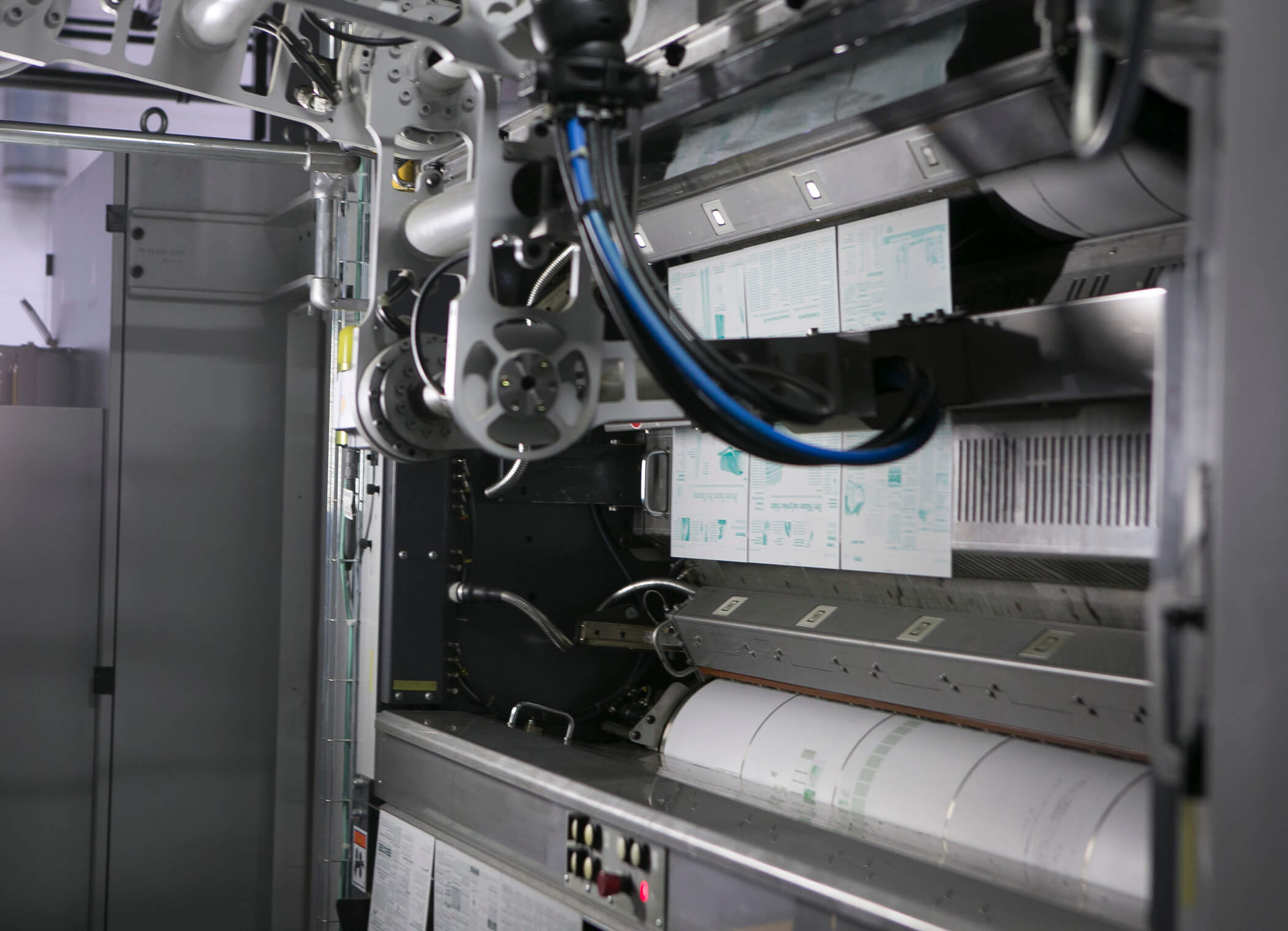
Paper rolls weighing tons, laser-irradiated printing plates, printing towers as tall as trees: today's web offset printing is bursting with marvels of technology. If you want to produce your newspaper in large numbers in a short time, web offset is the right choice. In this indirect flatbed printing process, the printed image is placed on the moving paper web at a speed of over 40 km/h. This makes it possible to print many hundreds of copies at a time. This makes it possible to produce many hundreds of thousands of newspaper copies within a few hours. And it does so with consistent precision and quality.
But how does it work exactly? It all starts with the prepress stage.This is where all the preliminary work is done, from data preparation and image adjustment to the final formatting of the layouts. All the work processes that precede the actual printing take place in the pre-press stage. Then the exposure of the printing plates. A special laser machine transfers the print-ready newspaper pages from the PC to aluminium plates. Modern newspaper printing works with a four-colour model. For each newspaper page, a separate plate is produced for the respective colour spectra cyan, magenta, yellow and the black component key. All other colours can then be mixed from these CMYK colour components.
In the further steps, the printed image is first transferred from the printing plates to a blanket cylinder and then to the paper web. Chemical interactions and the repulsion of grease and water ensure that the ink on the paper only goes where it is supposed to. Since the paper roll is much wider than a sheet of newspaper, several newspaper pages are printed, cut and folded next to each other. The fold is the typical fold in the middle of the page, which makes the newspaper easier to handle and transport.
Handle clamps then transport the newspapers as if on a conveyor belt to the dispatch department, where a inserting machine loads them with additional inserts or advertising prints. Tied in bundles, the newspapers then end up in the vans of the delivery men, who bring them to the readers' and customers' letterboxes.
Heatset vs. coldset: dry or let dry
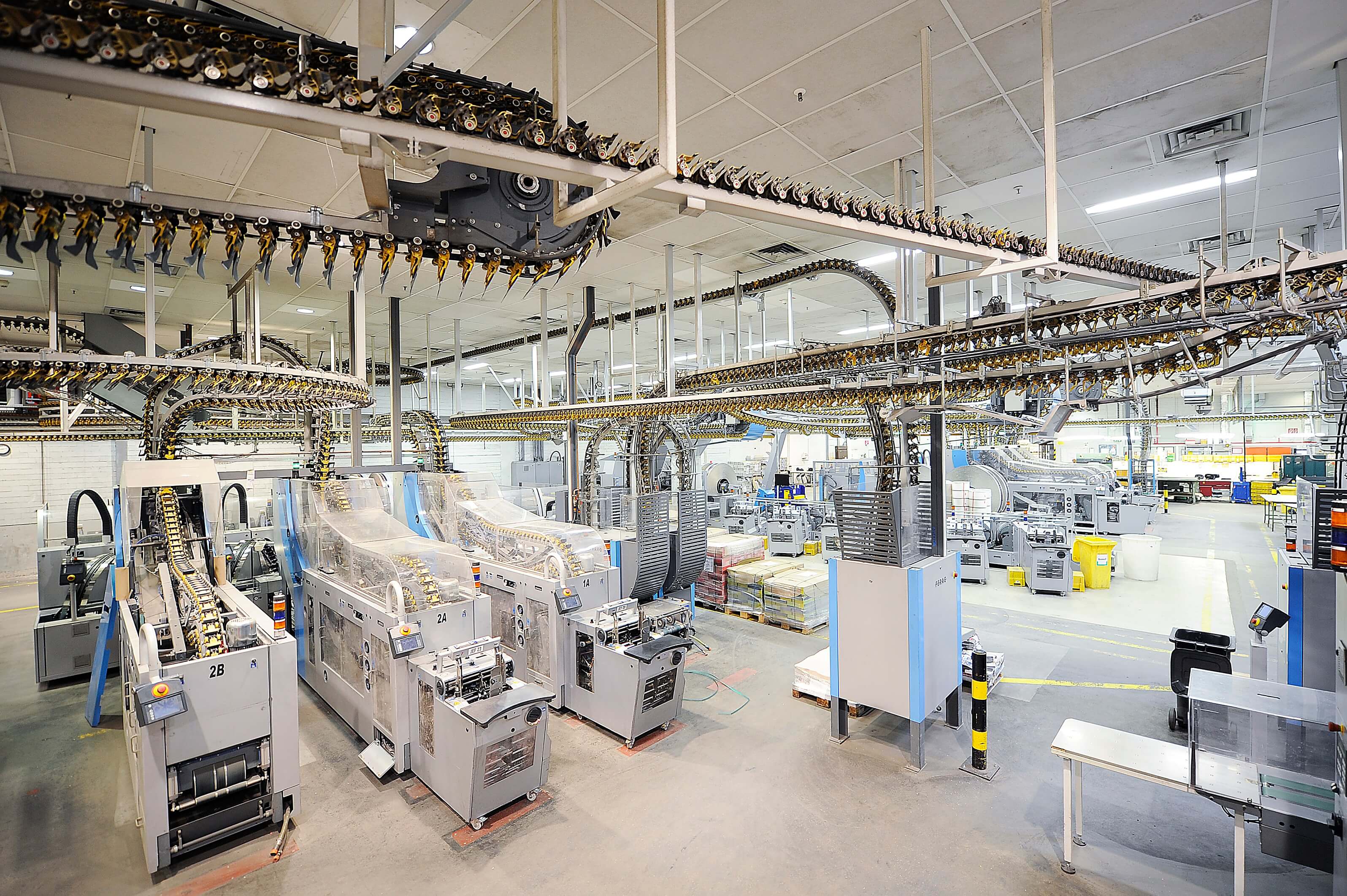
To prevent the freshly printed ink from running or sticking to the newspaper pages, offset printing has two solutions at the ready. In the heatset, the newspapers pass through an intermediate drying system between printing and finishing. The hot air from the hairdryer causes the ink to penetrate the paper more quickly. In contrast to the heatset, the coldset does without a mechanical drying unit. Here, the colour of the newspapers is dried on the conveyor belt by the natural airflow. This type of drying is called 'beating away' by experts.
Smartpaper24 uses the proven coldset principle for industrial offset printing. Compared to heatset, newspaper production using the coldset process is significantly more energy-efficient and environmentally friendly.
Digital printing for short-run newspaper printing
Printing technology in detail - crystals, print nozzles and ink droplets

While web offset printing is aimed more at larger print jobs from 3,000 newspapers upwards, digital printing also caters for small and very small print runs from 1 copy. The so-called inkjet method of digital newspaper printing works like a standard inkjet printer. Unlike offset printing, no static printing plates are needed here. Instead, the print file is transferred directly from the computer to the paper via digitally controlled ink nozzles.
The transfer of the print image is contactless and without a prefabricated printing form. The ink chambers of the ink nozzles contain small Pieszo crystals that change their shape when supplied with electricity, thereby transforming the ink jet into a multitude of tiny droplets. The nozzles regulate the droplets and then spray them onto the print material, where they interact to create a harmonious overall image.
.Digital newspaper printing with future potential
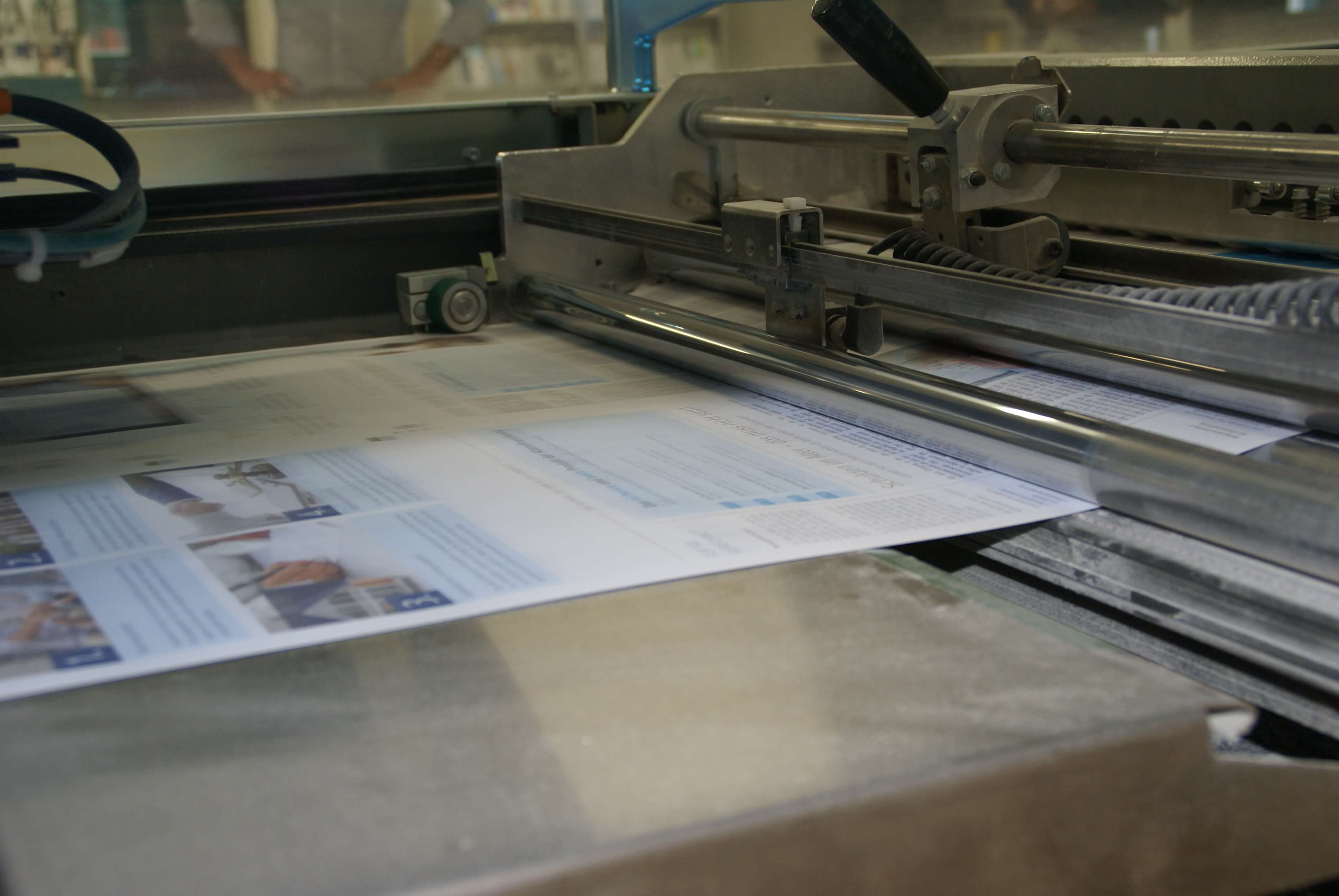
Digital printing opens up new perspectives and horizons for the print business. Since there is no need for the time-consuming production of extra printing plates and the print data is transferred to the paper without any detours, newspaper printing becomes much more flexible. This makes it possible to print even small quantities of newspapers without long lead times and in a timely manner. Digital printing is also getting better and better in terms of print quality. Finer colour drops, more precise print images, faster production. Even though offset print quality of newspapers is still top of the list, digital printing has caught up noticeably in recent years.
What probably sets digital printing apart most from industrial offset printing is the processing of variable print data. Here publishers or companies can print their own newspapers, individually tailored to a selected group of readers and customers. And they can do this in any quantity from as little as 1 copy. The special feature of digital printing: each page can be different from the previous one in terms of font and image. From addressing the reader by name, to precise targeting, to changing editorial content - the reader ends up with a newspaper that corresponds to his or her personal interests and is unique in this form. Digital printing enriches the newspaper business with possibilities of personalisation and individualisation, as we have only known from the internet so far. Dialogue marketing in newspaper form makes it easy to filter customer groups, minimise wastage and increase sales opportunities. Individual articles and one's own name in the headline attract attention and encourage the reader to engage more intensively with the content and products.

Digital printing also offers many advantages in the field of print on demand. Here, existing print data can be reprinted at any time and in precise quantities. Print products are often printed with a starting print run that is much too high. The result: newspapers, magazines or brochures pile up on the shelf as slow sellers without ever coming into contact with a reader. To avoid such scenarios, print on demand is an intelligent solution. Because here there are no blanket or out-of-the-box print quantities. The number of copies printed depends on the concrete customer request. The exact quantity of print products is produced that was ordered beforehand. This helps with the planning of printing costs and reduces the economic risk to a minimum.
Offset printing and digital printing for newspapers in comparison
When it comes to the choice between offset printing and digital printing there is no definitive better or worse. What matters is what you expect from your newspaper and for what occasion you need it. Do I need 25,000 professional promotional newspapers for a big event or 20 personalised wedding newspapers as a gift for friends and family? Here the demands on newspaper printing are fundamentally different and can hardly be compared. While offset printing offers the better solution for quickly produced large runs, digital printing is recommended for individual mini-runs. The two printing processes are not in competition with each other. They complement each other and offer what the other cannot. An important role in the decision is played by the continuation printing costs. The continuation printing costs define the unit price when the number of runs is increased. As a rule of thumb for both offset and digital printing, the more copies you print, the cheaper the price per copy. With offset printing, the favourable production costs are more noticeable with a print run of many thousands of newspapers than with digital printing for small order quantities. On the other hand, digital printing eliminates additional set-up costs for the production of printing plates.
.Offset printing - advantages
+ High-performance newspaper printing for long runs
+ Excellent print quality
+ High production speed
+ Low production costs
Digital printing - advantages
+ Flexible newspaper printing for short runs from 1 copy
+ Printing of personalised and variable data
+ Reduced set-up costs (no printing plates)
Order & print your own newspaper online
On Smartpaper24 you can have your own newspaper produced in both offset and digital printing. Whether it's 1 newspaper as a personal gift or 100,000 newspapers as PR for your business idea - we print your newspaper in any quantity you want. In the digital printing area you can choose between Standard and Easy Starter. The Easy Starter is a particularly inexpensive offer for order quantities of less than 10 copies. In offset printing, you can choose between proven newspaper formats in the classic full format (broadsheet) or in the handy half format (tabloid). Simply adapt your layouts to the specifications of our Technical Guidelines, set your desired print options in the calculator and upload your PDF file. Our Technical Guidelines provide you with all the necessary information and instructions to prepare your self-created PDF for our online newspaper printing service.
Digital printing from 1 newspaper
Offset printing from 2,000 newspapers
Still looking for inspiration or a suitable template for your newspaper? Then take a look at our selection of prepared newspaper examples that you can create with our free design programme. Write texts, place photos, move layouts. Your newspaper is immediately ready to print and can be ordered online with just a few clicks. Our newspaper designer is the ideal start-up aid for budding newspaper makers.
Design your newspaper online now

